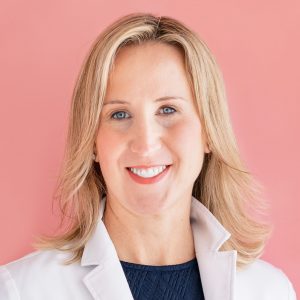Imagine enjoying an outing with friends and family, far from home, and being surprised by an anaphylactic reaction — out of the blue — in a child who’d never even been diagnosed with a food allergy. Find out how Dr. Julie Sweeney (@allergymom.md) handled the situation and what she wants you to know…a three minute read that could save a life.
When you experience a severe allergic reaction, called ‘anaphylaxis,’ early use of epinephrine improves outcomes.
This winter we went to a family reunion in beautiful Vermont. We were celebrating the New Year and a few birthdays. The kids enjoyed the snow and I enjoyed taking photos of rustic covered bridges.
I know it can be daunting to think about traveling with food allergies or breaking out of your comfort zone, so I want to share a story from our trip that may help. It’s good news about epinephrine.
While we were visiting the area we stopped by a cute café. We chose not to let my two nut-allergic kids order anything there because the risk of cross-contamination seemed high. They decided to wait outside while everyone else ordered a warm drink. As we all walked back to the car, one of the younger kids — who didn’t have any food allergies as far as we knew — had a serious allergic reaction. I knew he needed epinephrine when he suddenly had symptoms while drinking his hot chocolate. Fortunately, we had epinephrine with us because all my kids have food allergies and require it. We carry it with us everywhere.
It worked fast.
It worked perfectly.
I didn’t have to use a second dose.
I’m sharing this story with you because I want you to know how important it is to use this medication as the first line treatment for anaphylaxis. I think some people may need to change their mindset — lose their hesitation, their fear — about using it when a reaction strikes.
When epinephrine is used early, you’re less likely to have to use a second dose.
If used early, it improves outcomes.
It’s a safe medication that’s been used for a century to treat systemic allergic reactions. Before the EpiPen, there was a WWII innovation — the Ana-Kit — which contained measured doses of epinephrine ready to be delivered by syringe and needle. The auto-injector device itself was developed in the mid-1970’s for the military to deliver a nerve gas antidote in the field. The FDA subsequently approved the device’s use for epinephrine delivery in 1987 (sold as the EpiPen) and patients have used the device to self-treat anaphylaxis for more than 30 years.
Here is my Epinephrine ‘Best Practice’ Guidance:
1. Practice practice practice using your auto-injector!
The training device that usually comes with your prescription* makes this easy. Practice when things are calm, when there’s no emergency, so you can really feel like you’re prepared for an emergency. When you practice, in the heat of an allergic emergency when it really counts, you’ll be able to 100% focus on your child or your friend or whomever it is that needs the epinephrine.
*There are different types of auto-injector devices and each one works a little differently.
2. Your village needs auto-injector practice too.
Have your babysitters and grandparents practice — really anyone you might entrust the care of your child to before they’re able to self-administer.
3. Make it frequent. Keep it fresh.
I suggest practicing once a month. If your child is old enough and you feel comfortable, have them also practice using it.
4. Always carry two!
There is always a risk that one dose of epinephrine may not be enough to stop an anaphylactic reaction. That’s why you need to carry two doses. Just in case.
I hope that our success story treating an out-of-the-blue anaphylactic reaction will be inspiration for someone else to use epinephrine when it’s needed — no second guessing, no hesitation, no ‘try an antihistamine first.’
I think it’s important to hear the good stories, because part of having a growth mindset is learning from and being inspired by other people’s successes 💙
 |
Pediatrician Dr. Julie Sweeney is passionate about caring for the whole child. |
| About the Author: Dr. Julie is board certified by The American Board of Pediatrics and is a fellow of the American Academy of Pediatrics with an extensive background in pediatric food allergy care. She has completed specialized training in nutrition and food allergy through FARE and the Academy of Pediatric Integrative Medicine. She’s also an expert allergy mom who has navigated allergies with 3 kids for almost 15 years. In her practice, she helps families better understand their child’s diagnosis, while adding an integrative medicine approach to their child’s care — from nutrition, to emotions, to lifestyle — empowering the entire family to thrive. Follow her on Instagram (@allergymom.md) | |
Image: Courtesy of Dr. Julie Sweeney


